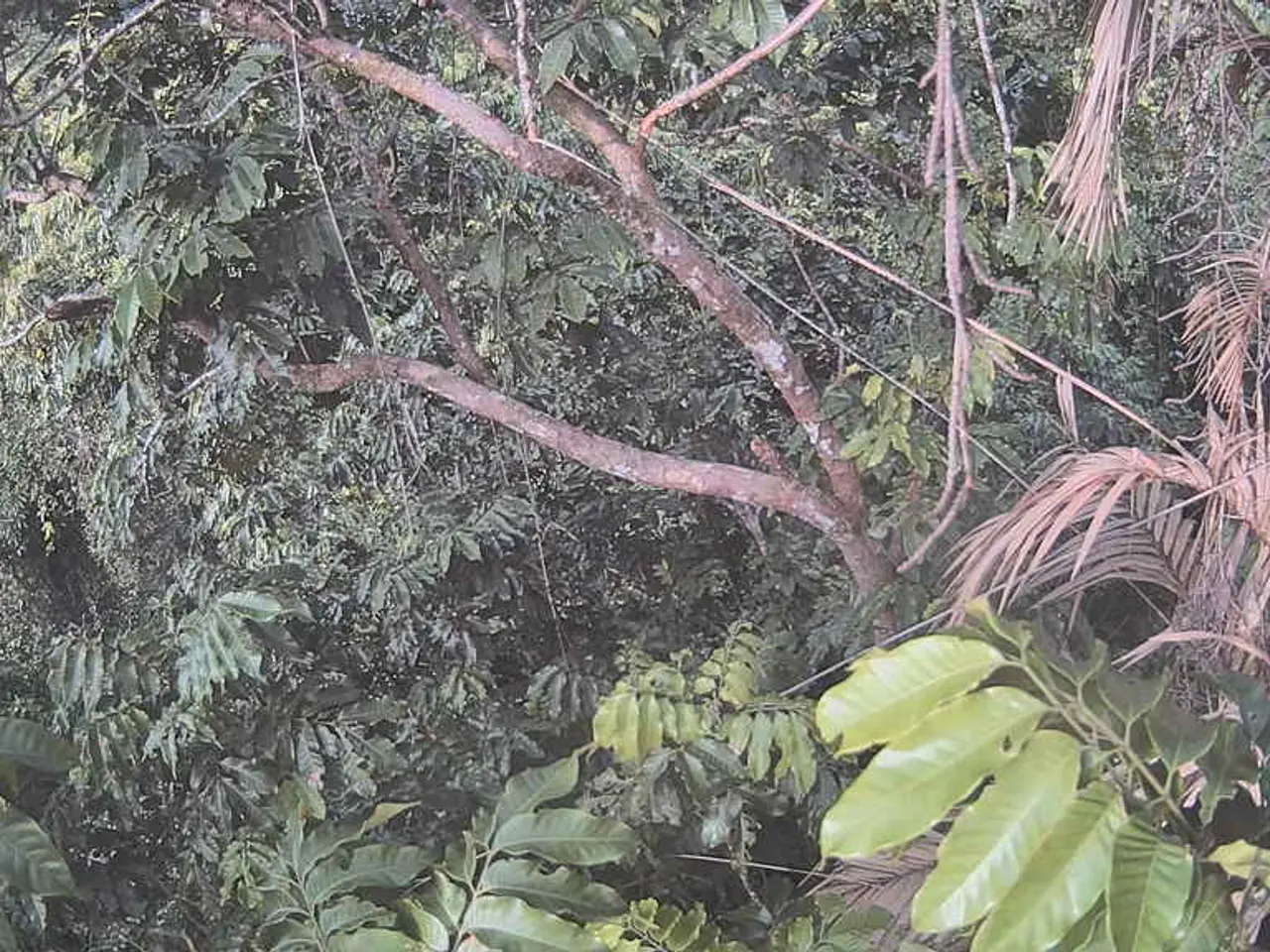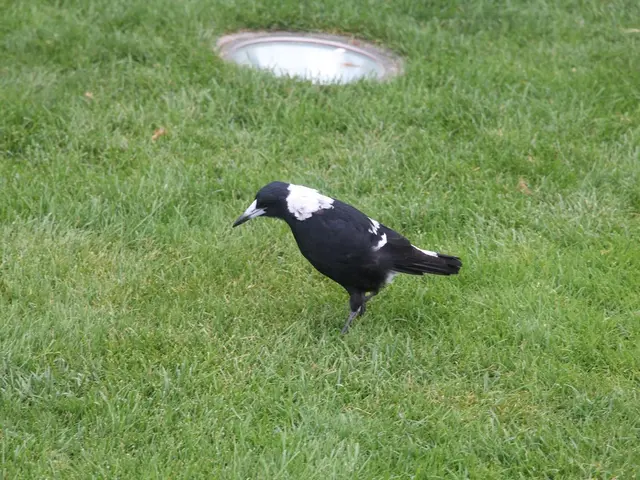Explore 11 Types of Palm Trees for a Tropical Flair in Your Yard
In the quest to add a striking feature to your landscape, consider planting one of the many varieties of palm trees. These tropical beauties can not only elevate the aesthetic appeal of your garden but also provide a touch of the exotic. Here's a roundup of 11 common palm tree varieties suitable for home landscapes, each with its unique characteristics and growing conditions.
1. **Chinese Fan Palm (Licuala grandis)** - Star-shaped leaves, slow-growing, can reach 15 ft tall; dwarf varieties common indoors - Prefers indoor environments, manageable size for homes - Often grown indoors; decorative leaf shape
2. **Areca Palm (Dypsis lutescens)** - Soft fronds, tolerates low light, clustering stems - Tolerates low light, needs regular watering, indoor/outdoor adaptable - Known as bamboo palm; popular indoor palm
3. **Parlor Palm (Chamaedorea elegans)** - Easy care, average light needs, delicate fronds - Thrives in average indoor light, occasional trimming - Excellent beginner indoor palm
4. **Lady Palm (Rhapis excelsa)** - Tolerant of low light, grows up to 6 ft tall and 4 ft wide indoors - Low light tolerance, indoor suited - Good for shaded indoor areas
5. **Majesty Palm (Ravenea rivularis)** - More high-maintenance, needs bright indirect light and moist soil - Prefers bright indirect light, high humidity, regular watering - Indoor palm with tropical appearance
6. **Windmill Palm (Trachycarpus fortunei)** - Cold-hardy, durable, fan-shaped leaves - Can withstand cold winters, outdoor use in cooler zones - Adds texture to landscapes; hardy outdoors
7. **Pygmy Date Palm (Phoenix roebelenii)** - Small size, curved branches, has thorns at base - Grows well poolside and patios, needs protection from cold - Small outdoor palm, thorny base requires care
8. **Coconut Palm (Cocos nucifera)** - Iconic tropical palm, requires warm climate - Needs lots of sunshine, warm temperatures - Suitable for tropical/subtropical outdoor gardens
9. **Mediterranean Dwarf Palm (Chamaerops humilis)** - Multi-stemmed shrub, blue-green to silver-green fan leaves, spiny petioles - Tolerates extreme heat and cold (down to 10°F), drought, wind, salt, poor soils, partial shade - Native to Mediterranean, USDA zones 7-11, grows to 6-15 ft tall and 6-10 ft wide
10. **Cabbage Palm (Sabal palmetto)** - Happy growing in full sun and hardy in USDA zones 11-12 - Impressive salt and wind resistance - The state tree of Florida and South Carolina
11. **Queen Palm (Syagrus romanzoffiana)** - Can reach 60 feet (18m) at full maturity - Thrives in USDA zones 9-11 - Has a charmingly airy quality with its canopy of feathery-looking fronds
When selecting a palm tree for your garden, factors to consider include the climate and hardiness zone, size of the yard or garden, sun availability, and soil type. Remember, palm trees generally grow from a central tip, so pruning should avoid cutting the growing tip to prevent the death of the plant. Over-pruning can weaken palms by depriving them of nutrients.
Indoor palms like the Areca, Parlor, and Lady palms tolerate lower light and are easier to care for than some outdoor species. Outdoor palms such as the Windmill and Mediterranean Dwarf palms are cold-hardy and more tolerant of varying soil types and environmental stresses including drought and poor soils. The Coconut Palm requires warm, sunny tropical conditions and is less cold-tolerant.
Happy gardening!
- The Chinese Fan Palm, due to its manageable size and decorative leaf shape, can be a great choice for enhancing both your home-and-garden lifestyle and indoor living space, as it is often grown indoors.
- transforming your lifestyle and home-and-garden décor, the Queen Palm, with its canopy of feathery-looking fronds, can reach an impressive 60 feet at full maturity, thriving best in USDA zones 9-11.








